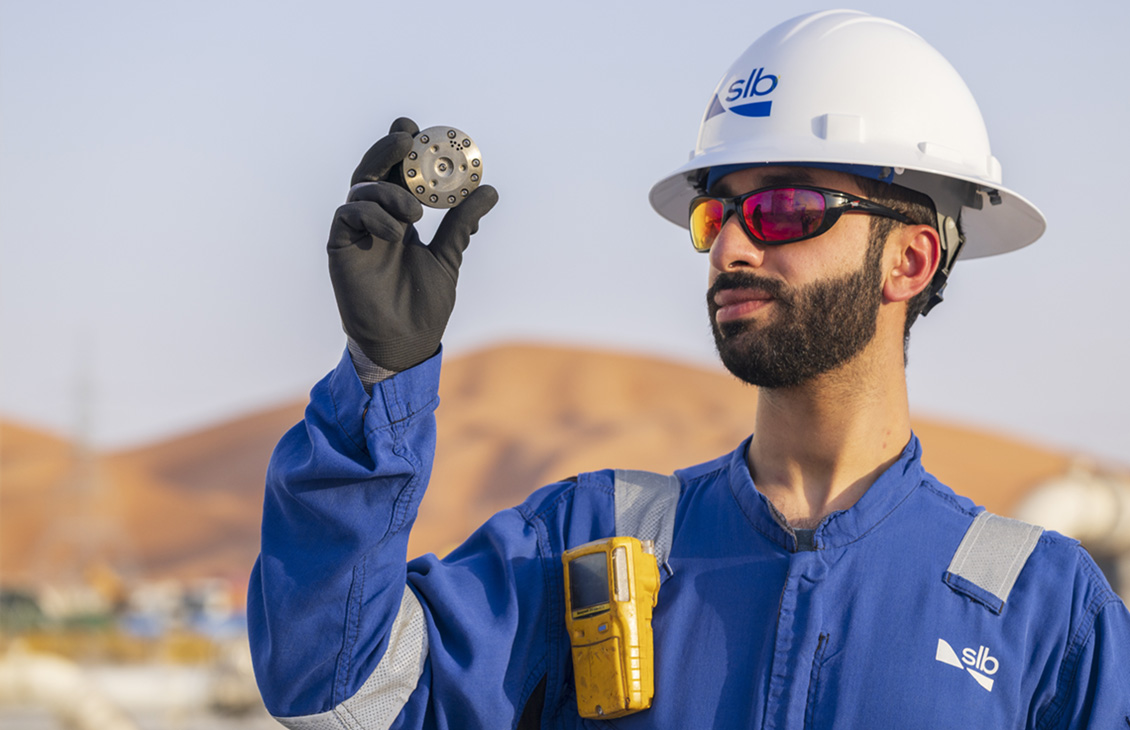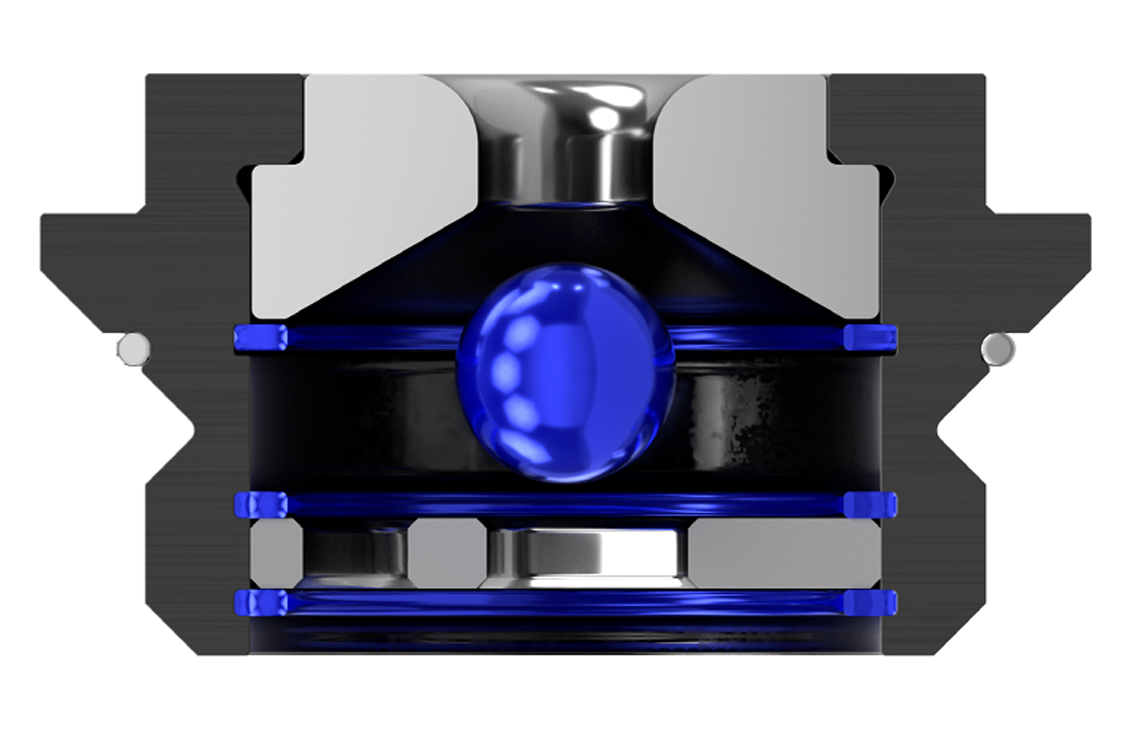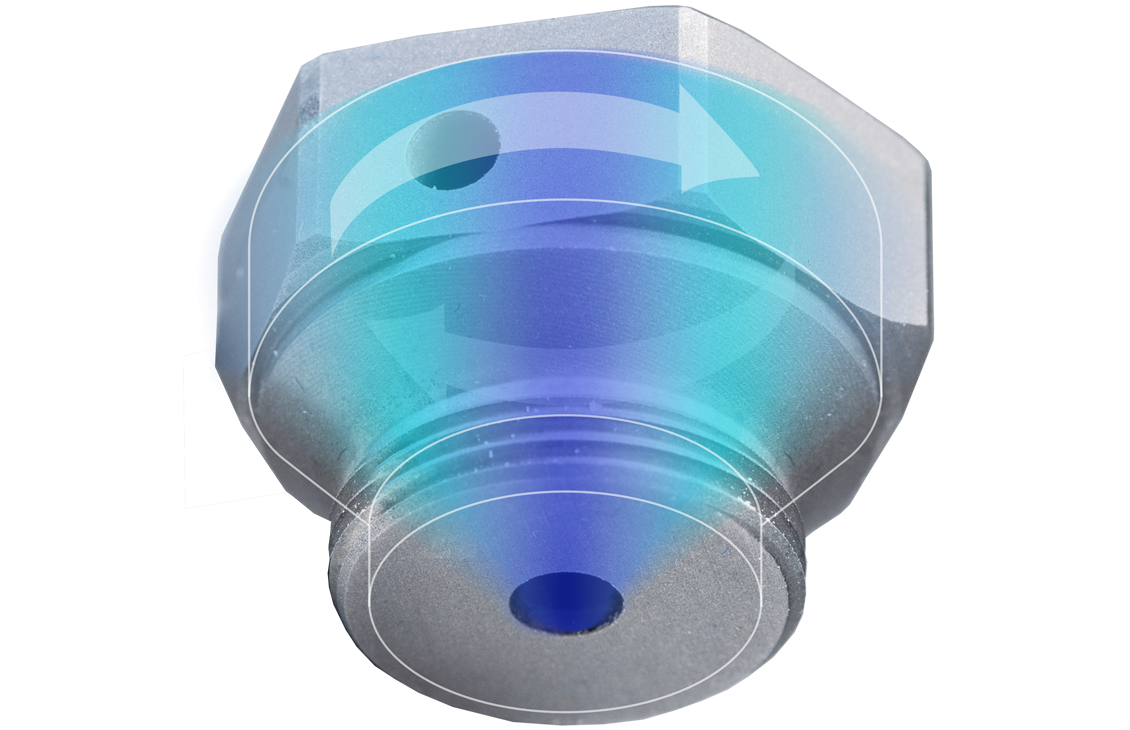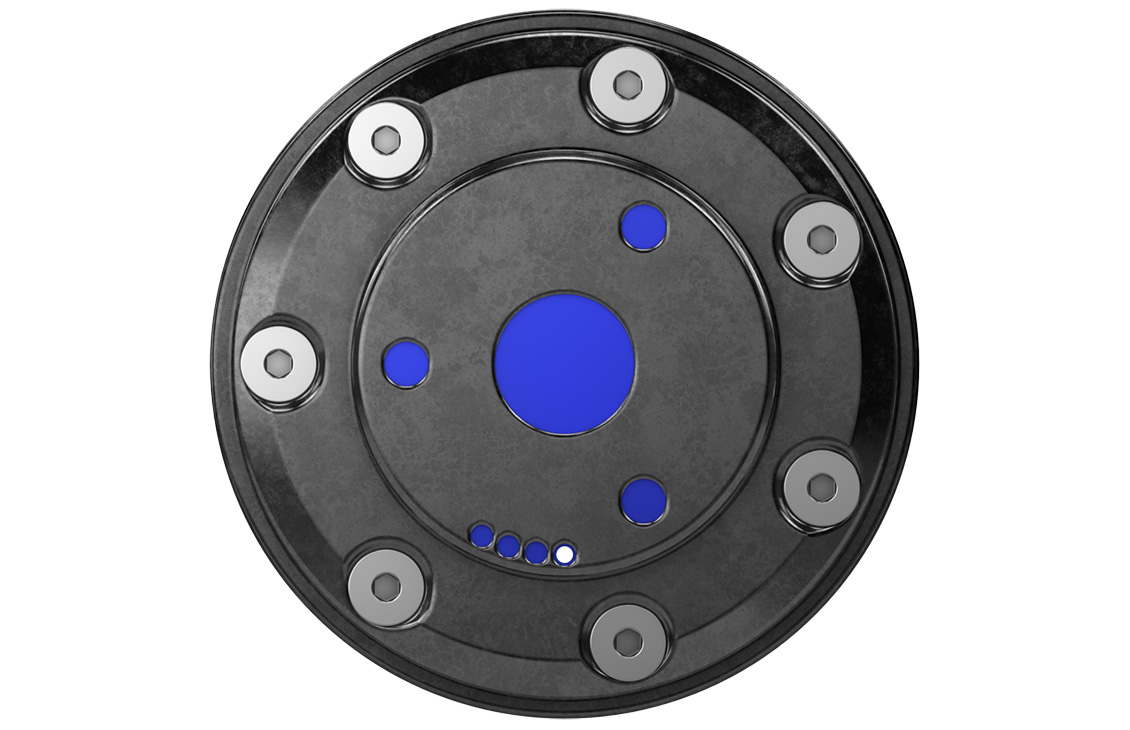Speak with our experts to see how we tailor ICD, ICV, and AICD strategies by aligning subsurface insight with surface-system realities.
Inflow control devices
Autonomous control. Higher recovery. Lower cost.
ResFlow inflow control device (ICD) and ResInject injection ICD Solutions
Let's engineer better inflow control.
ResFlow™ ICD and ResInject™ injection ICD portfolios deliver precision-engineered inflow and injection control technologies that empower operators to tackle complex reservoir challenges—autonomously, adaptively, and efficiently.
From balancing injection profiles to autonomously restricting gas and water influx, our inflow control devices drive uniform reservoir depletion, enhance sweep efficiency, and boost ultimate recovery—while minimizing intervention and surface handling costs.
Piloted floating disc autonomous inflow control device
Best for: Highly heterogeneous wells requiring true shutoff functionality
- Floating disc autonomously opens/closes based on detected fluid type
- Reduces water/gas production at the sandface by up to 90%
- Supports wellsite adjustment post-LWD
- Tailored variants for different viscosity ranges and fluid risks
- Ideal for adaptive completion strategies in unpredictable formations
- Explore how an operator in Oman increased oil production 6x
- In China, an operator reduced water production by 50% and oil production increased by 200% after recompletion with the AICDs.
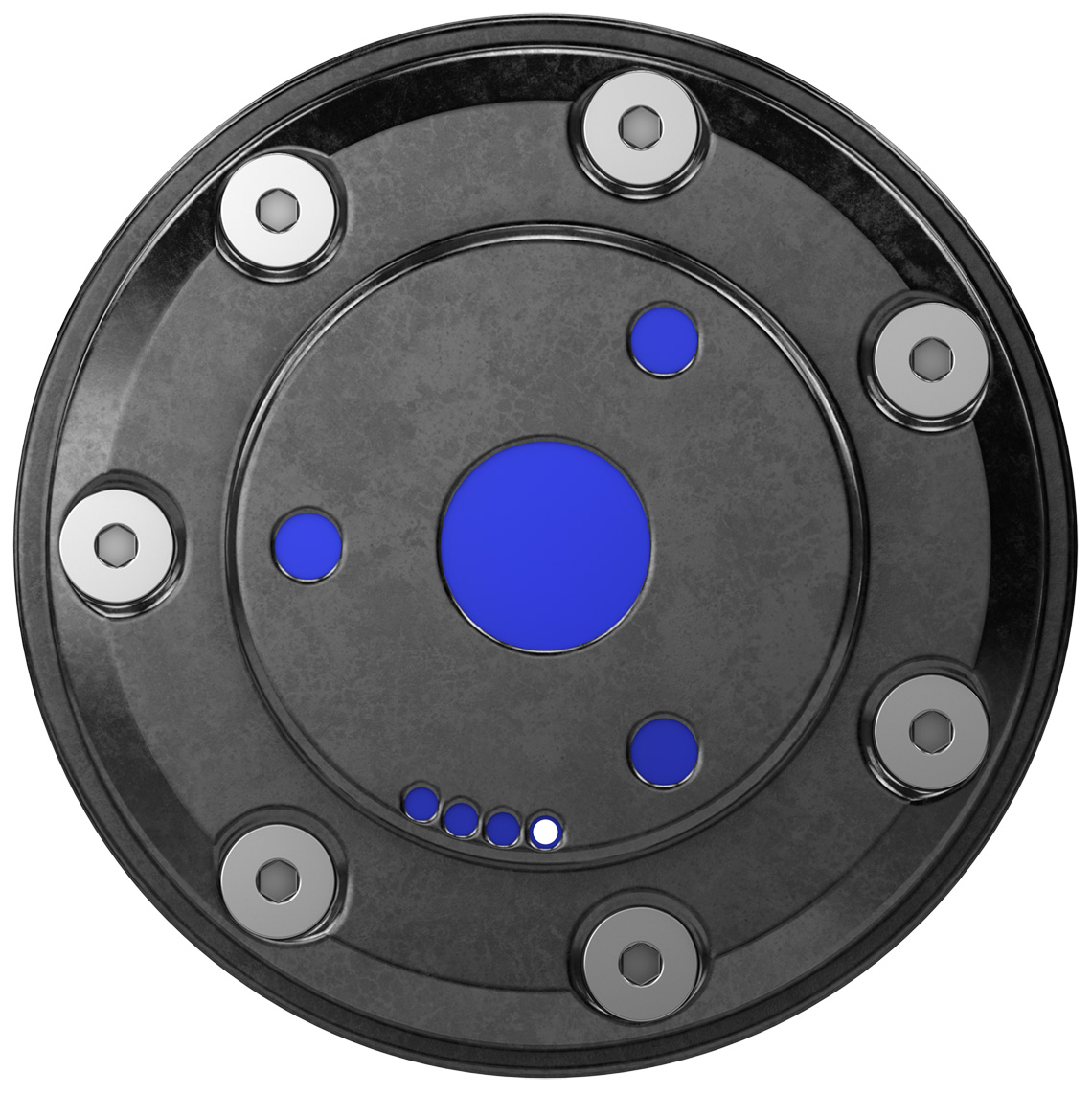
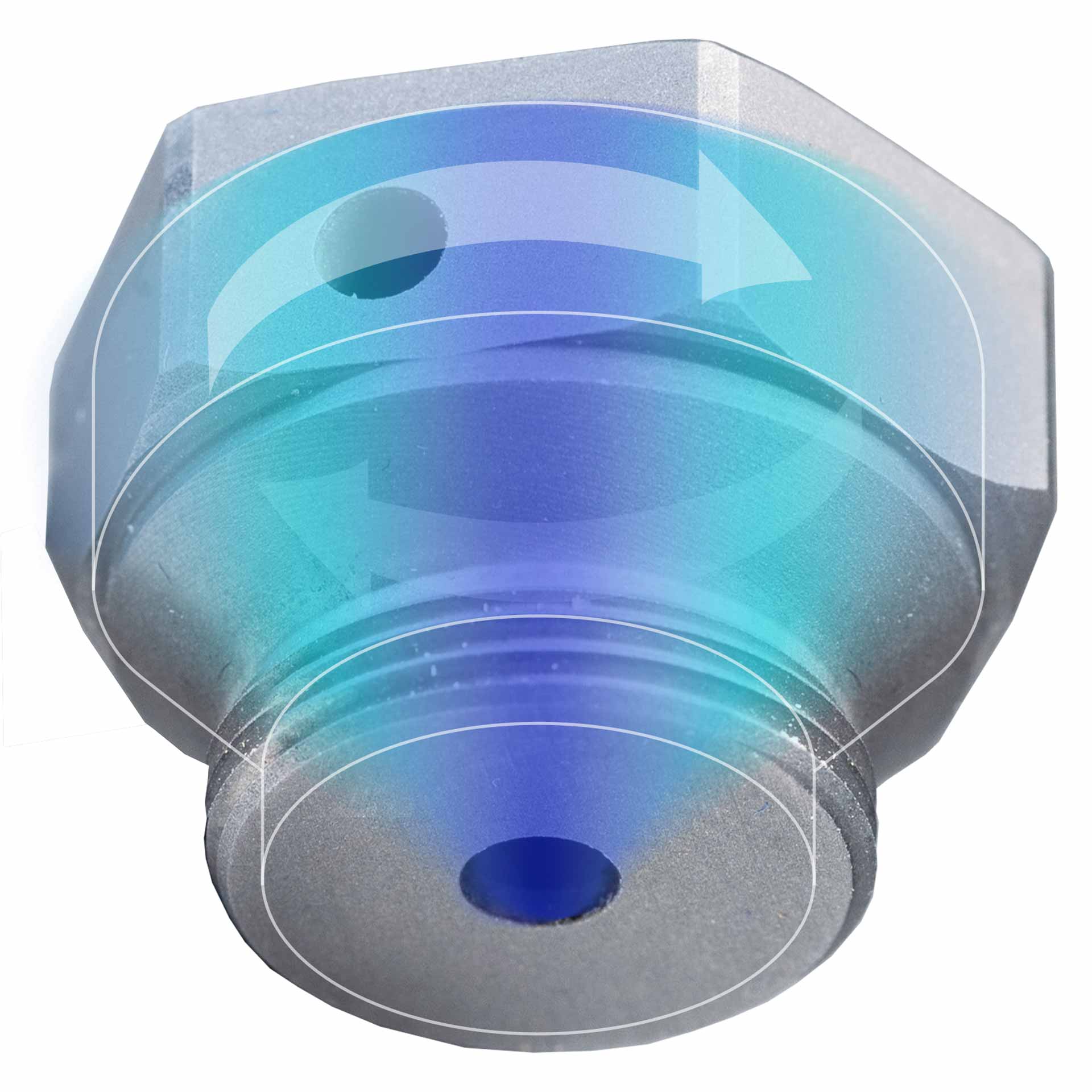
Cyclonic-flow-based autonomous inflow control device
Best for: Reservoirs with early gas or water breakthrough risk and high-erosion risk
- Uses rotational fluid dynamics to restrict low-viscosity gas and water
- Promotes uniform drawdown, extending reservoir life
- No moving parts; robust tungsten carbide internals
- Effective across oil viscosities from 0.3 to 1,500 cP
- Supports wellsite optimization using log data and ICD Advisor™ software
- See how the ResFlow AICD 2N boosted production by 41% and cut emissions in Peru by reducing water production
Integrated inflow control and fluid-loss prevention device
Best for: Offshore and extended-reach completions when looking only for passive control
- Prevents fluid loss during installation by eliminating need for washpipe
- Dissolvable or degradable ball for dynamic activation
- Balances inflow, improving cleanup and uniform depletion
- Drop-in replacement for standard ResFlow ICD nozzles
- Reduces opex and simplifies deployment logistics
- An operator offshore Canada saved almost a day of rig time and the expense of washpipe deployment
- In the Caspian region, an operator saved 2 days per well across 5 extended-reach wells
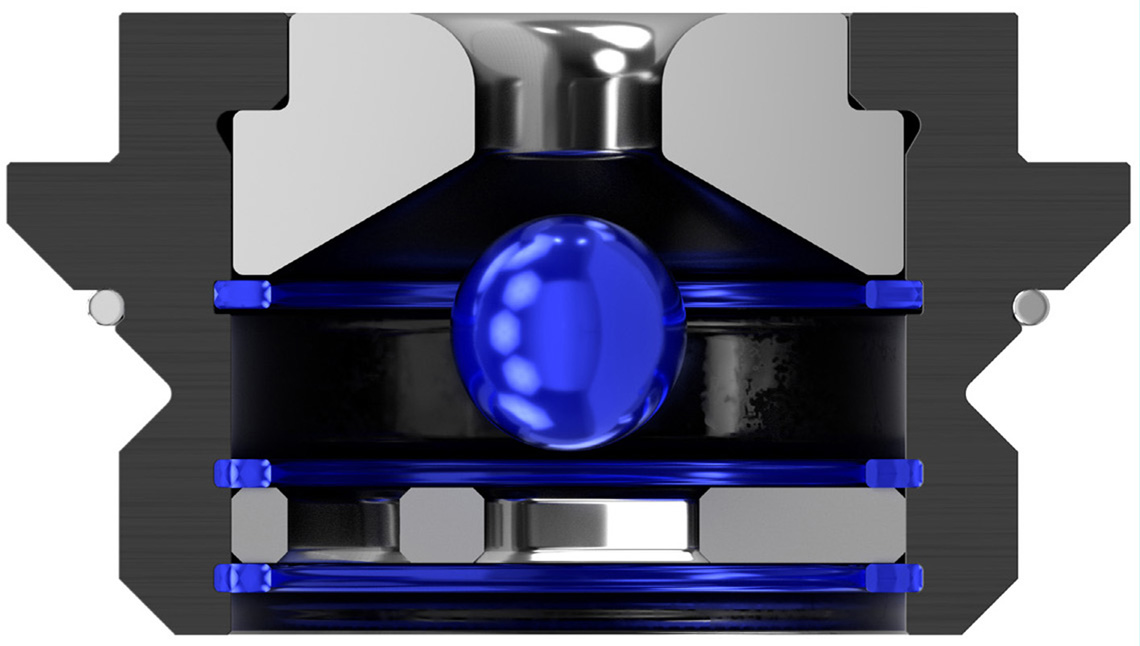
Self-regulating injection inflow control device
Best for: Openhole injection wells in heterogeneous reservoirs
- Directs injection fluids to low-permeability zones
- Enhances sweep efficiency and delays fluid breakthrough
- No downhole telemetry or control lines required
- Ceramic nozzles validated through extensive erosion and flow testing
- Compatible with all SLB sand control media
